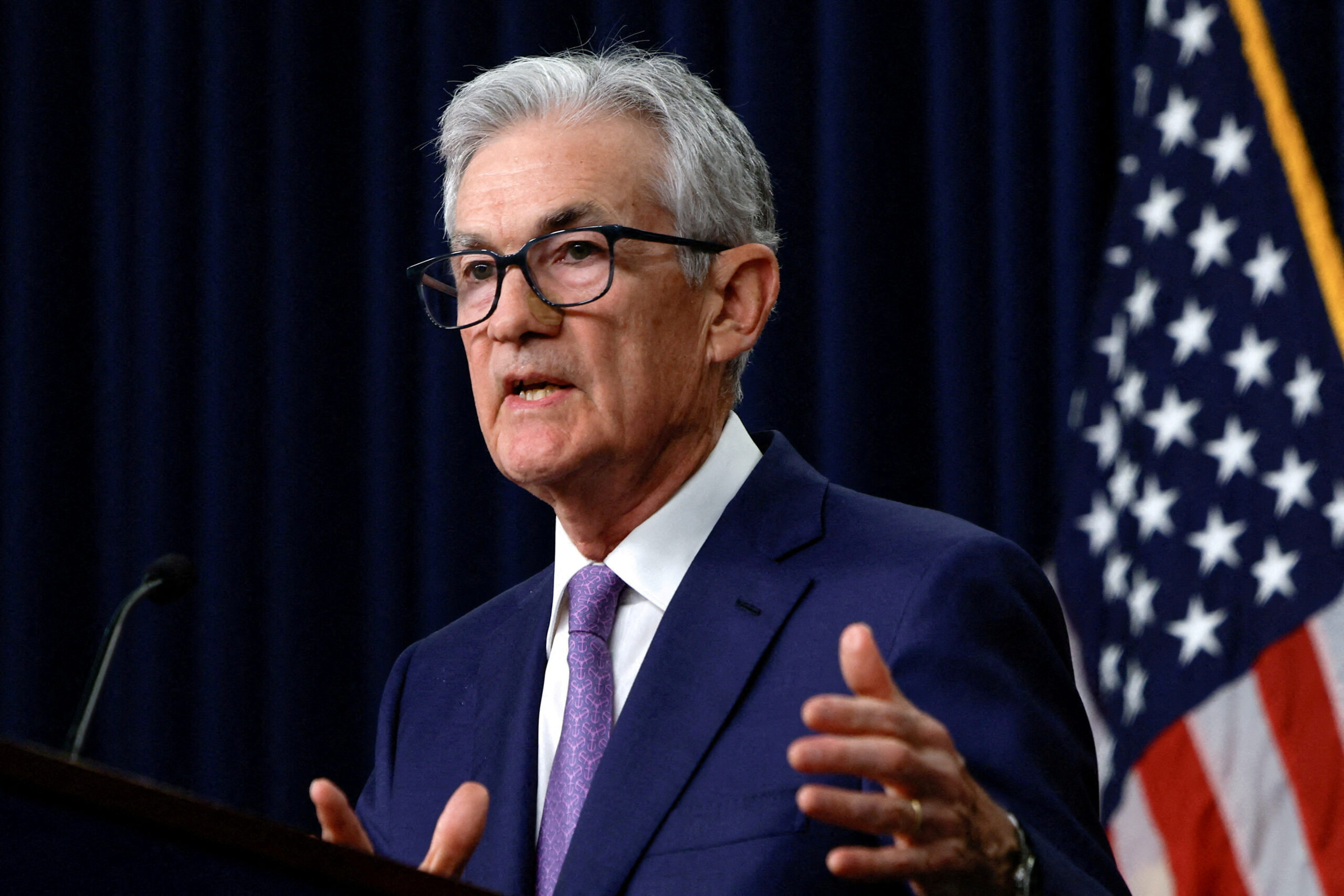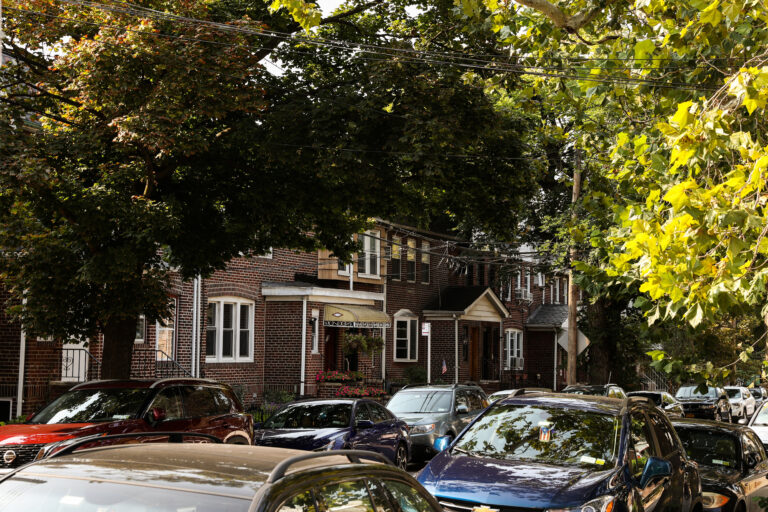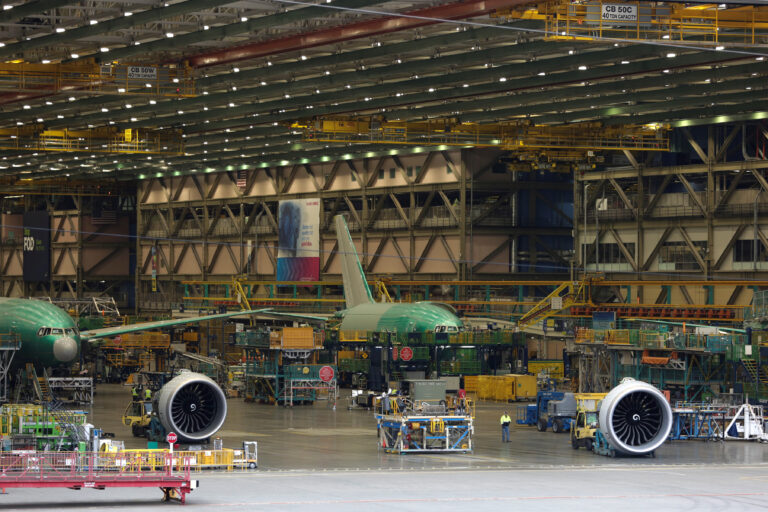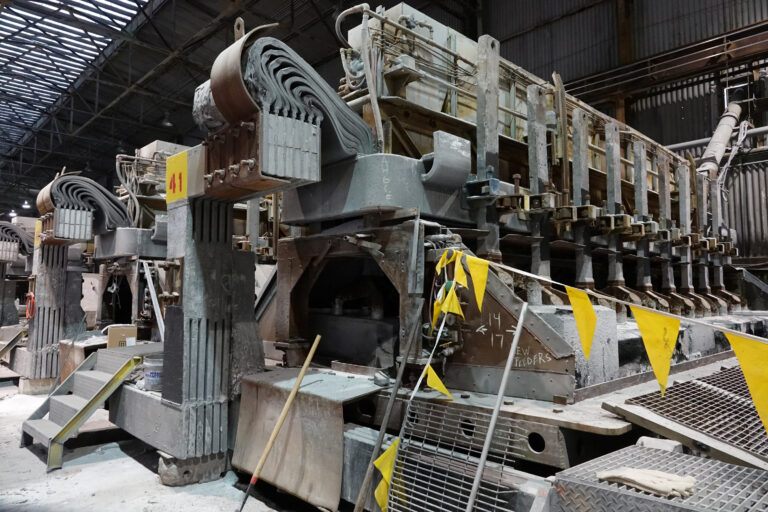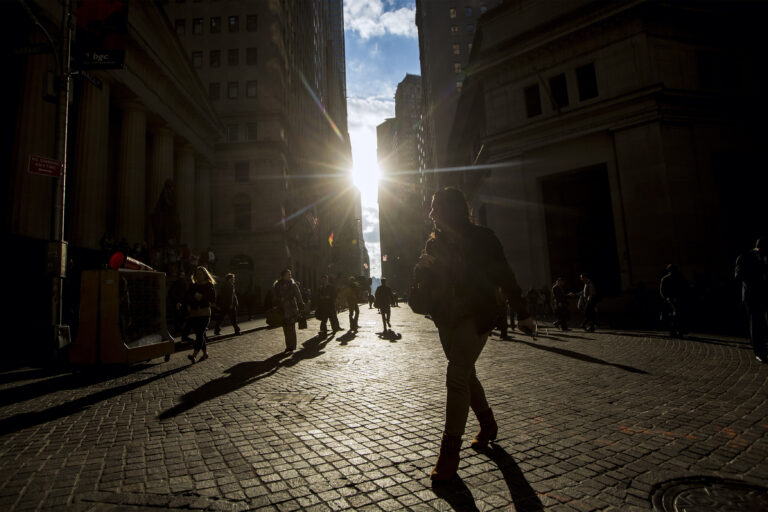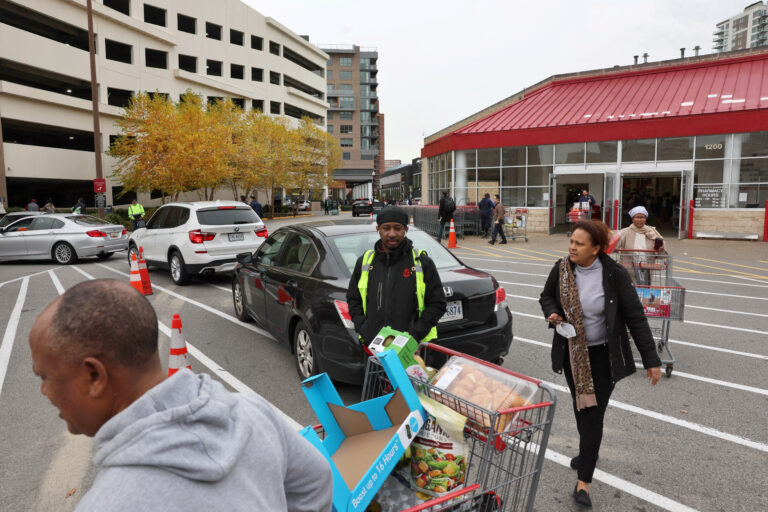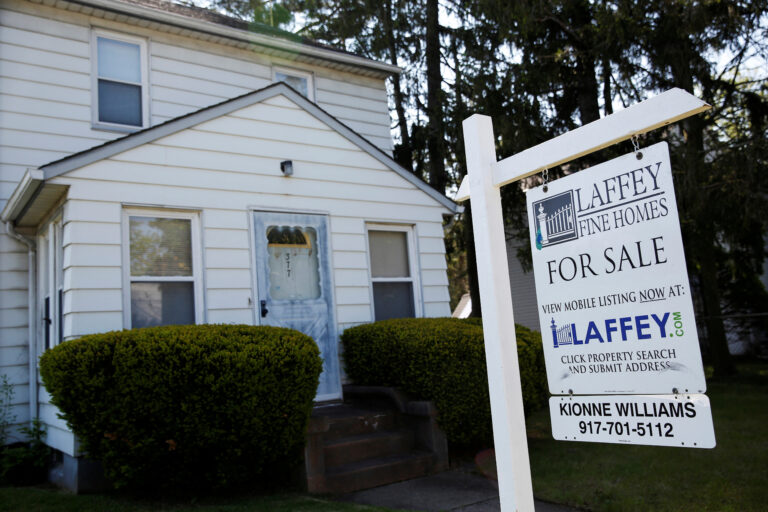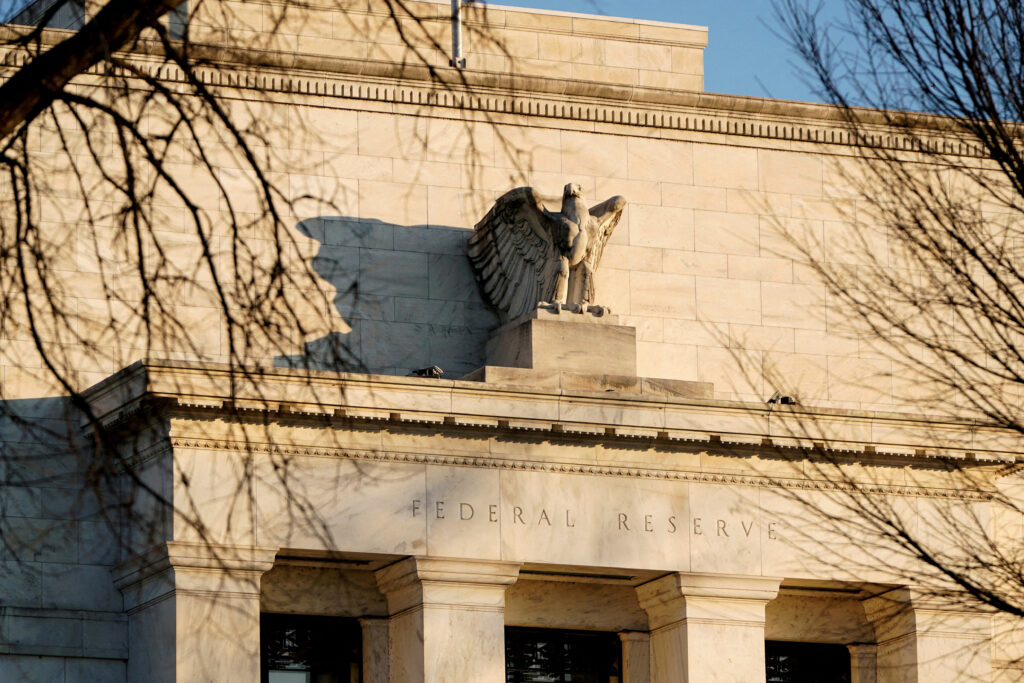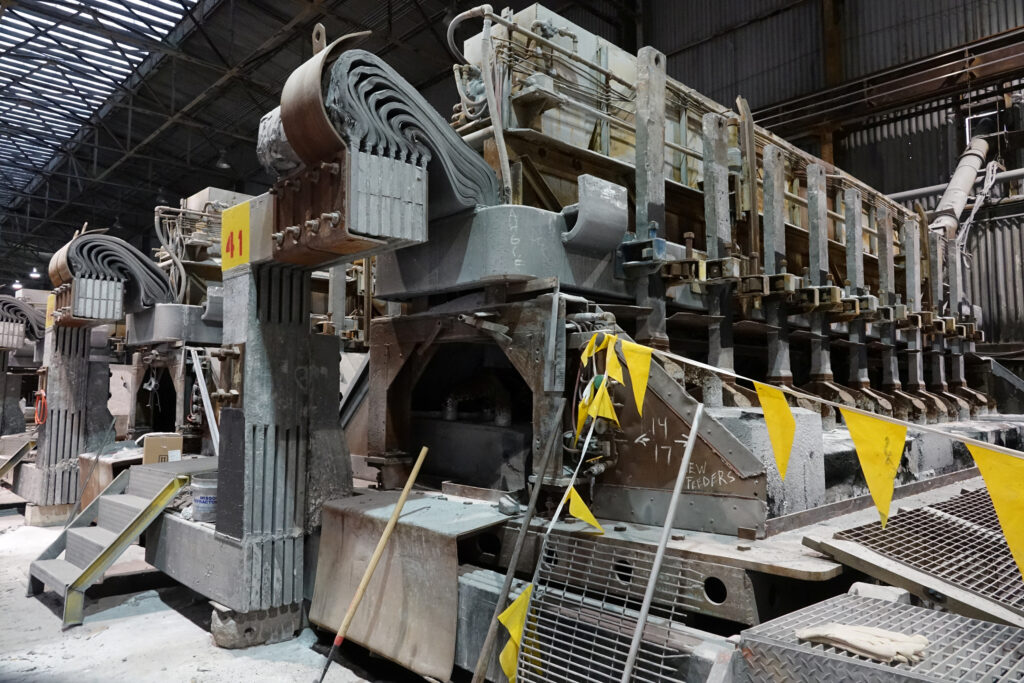JACKSON HOLE, Wyoming – On Friday, Federal Reserve Chair Jerome Powell clarified that the U.S. central bank would not shy away from pivoting to interest rate cuts in the final weeks of a presidential election campaign and that protecting the job market was now its top priority.
“The time has come for policy to adjust,” Powell said in a speech to the Kansas City Fed’s annual Jackson Hole conference in a strong signal the central bank will start cutting rates in mid-September, roughly seven weeks before the Nov. 5 election.
His remarks – essentially a declaration that the Fed’s fight with inflation was over and safeguarding employment was now at the top of its to-do list – came the morning after Vice President Kamala Harris accepted the Democratic nomination for president, a development that has disrupted a contest that had been leaning toward former President Donald Trump, the Republican candidate.
The remarks tee up a first-rate cut at the Fed’s Sept. 17-18 meeting, a move that Trump, who was highly critical of Powell despite having picked him for the top Fed job, and some Republican lawmakers have warned would be seen as a partisan effort to juice the economy ahead of the voting.
Powell and his fellow policymakers, including others appointed by Trump, such as Fed Governor Christopher Waller, have moved steadily in the last four weeks toward a consensus rate cut at next month’s meeting, citing economic data that has increasingly shown inflation on the wane as risks to the labor market have increased.
This won’t be the first time the Fed has begun a rate-cutting cycle in an election year, and prior election-year policy turns have coincided with both wins and losses for incumbents and challengers. But a rate cut on Sept. 18 would be – at roughly seven weeks – the second-closest a policy turn has occurred before a presidential vote since at least 1976.
Back then, the Fed’s chief, Arthur Burns, embarked on a short easing cycle beginning just four weeks ahead of an election featuring a race between Republican President Gerald Ford and Democratic challenger Jimmy Carter. Ford lost.
‘DO EVERYTHING WE CAN’
Congress has charged the Fed with maintaining the highest level of employment consistent with stable inflation, and with the unemployment rate rising nearly a percentage point – from 3.4% to 4.3% – over the past year, Powell said the Fed had seen enough.
“We do not seek or welcome further cooling in labor market conditions,” Powell said in his speech at a lodge in Wyoming’s Grand Teton National Park, answering a question that until now remained open: How much more job weakness would the Fed tolerate or feel it required to wring the last bit of inflation from the economy? The answer is none, with the inflation measure the Fed uses for its 2% target now currently at 2.5% and seemingly on the way lower.
With price pressures easing and many hiring measures starting to weaken, Powell said the central bank would now “do everything we can to support a strong labor market,” a comment some analysts said opened the door to an initial cut of half a percentage point as opposed to the more traditional quarter-percentage-point increments.
It was a significant shift in tone from Powell’s comments as inflation surged in 2021 and 2022. The Fed began raising its benchmark policy rate in March 2022 to what would be the highest level in a quarter of a century, and at the Jackson Hole forum two years ago he warned that workers and families would feel “pain” in the form of rising joblessness and higher credit costs.
Credit certainly became more expensive. The average interest rate on a 30-year fixed-rate home loan rose from less than 3% in the summer of 2021, before the rate hikes began, to nearly 8% last October after the Fed’s policy rate reached its plateau in the 5.25%-5.50% range in July 2023.
But the labor market pain never really materialized. The unemployment rate, which has averaged 5.7% since the late 1940s, remained below 4% from February 2022 – on the eve of the Fed rate hikes – until this past May. Wages continued to rise.
Even the current 4.3% level is about what the central bank feels is consistent with the Fed’s 2% inflation target over the long run.
But it is higher than what Powell inherited when he became Fed chief in 2018, conditions he said he wanted to restore when the COVID-19 pandemic threw more than 20 million people out of work in the spring of 2020 and pushed the unemployment rate as high as 14.8%.
A significant rise from the current level of unemployment could weaken Powell’s legacy as a Fed chief who reoriented monetary policy to put more weight on the central bank’s employment mandate in the belief that low jobless rates and stable inflation could coexist.
He says he remains optimistic.
“With an appropriate dialing back of policy restraint, there is good reason to think that the economy will get back to 2% inflation while maintaining a strong labor market,” Powell said. With the Fed’s benchmark rate posing a headwind to the economy, and arguably far above the “neutral rate” that neither restrains nor stimulates economic growth – and even farther from the near-zero “liftoff” level in 2022 – “the current level of our policy rate gives us ample room to respond,” he said.
(Source: ReutersReuters)
Edward Cooke is a financial analyst, freelance writer, and editor. He has six years of experience in financial journalism. He has an in-depth understanding of equities markets, tracking major indices and providing real-time analysis on stock price movements, corporate earnings, and market sentiment. Read Full Bio
